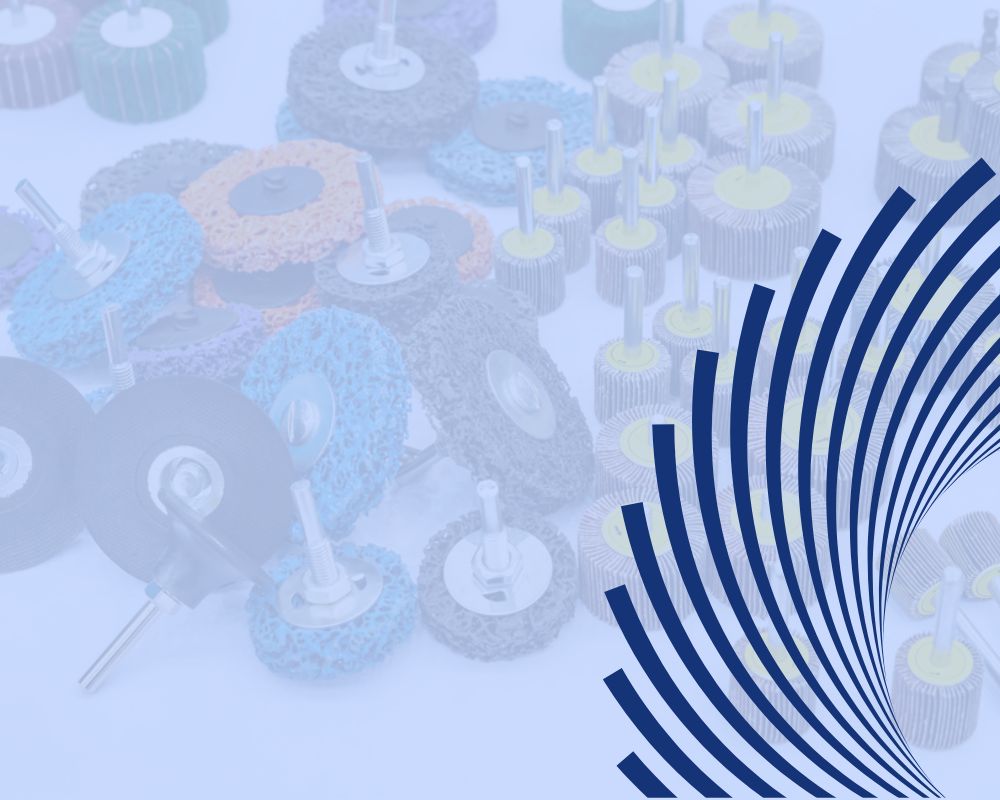
Choosing the Right Deburring Brush for Your Application: A Comprehensive Guide.
When it comes to deburring, selecting the right brush for your application is crucial for achieving optimal results. With a wide range of deburring brushes available, each designed for specific purposes, understanding the key factors to consider becomes essential. In this comprehensive guide, we will explore the factors that should influence your choice of deburring brush, including brush material, design, abrasiveness, and compatibility with different materials.
Brush Material:
The brush material plays a vital role in determining its effectiveness for a particular application. For instance, wire brushes with stainless steel bristles are suitable for heavy deburring tasks on metals, while abrasive nylon brushes are more gentle and ideal for delicate surfaces. Brass brushes work well on softer materials like wood or plastics, while ceramic brushes are highly efficient for removing burrs on hard materials such as titanium or stainless steel. Consider the material you are deburring and choose a brush that offers the right balance of aggressiveness and surface protection.
Brush Design:
Deburring brushes come in various designs, including wheel brushes, cup brushes, end brushes, and disc brushes. Each design is suited for specific applications. Wheel brushes are effective for large surface areas, cup brushes excel in contouring surfaces, end brushes are ideal for reaching tight corners, and disc brushes are versatile for deburring flat or contoured surfaces. Analyse your application’s requirements, including the shape and size of the workpiece, and select a brush design that ensures maximum coverage and accessibility.
Abrasiveness:
Determining the appropriate level of abrasiveness is crucial to prevent surface damage or insufficient deburring. Brushes are available in different abrasiveness grades, ranging from fine to coarse. For light deburring tasks or surface conditioning, fine-grit brushes are suitable, while coarse-grit brushes are better for heavy burr removal. It is essential to balance the abrasiveness with the material being deburred to avoid excessive material removal or inadequate burr elimination.
Compatibility with Different Materials:
Consider the compatibility of the deburring brush with the material you are working on. Different brush materials and bristle types may react differently with specific materials, such as metals, plastics, composites, or wood. Ensure the brush is designed to handle the material without causing damage or leaving unwanted residues. Some brushes are specifically formulated for certain materials, offering optimal performance and longevity. Research the compatibility factors and choose a brush that is well-suited for your material to achieve efficient and precise deburring.
Conclusion:
Selecting the right deburring brush is essential for achieving superior deburring results. By considering factors such as brush material, design, abrasiveness, and compatibility with different materials, you can make an informed decision that ensures optimal performance and protects the integrity of your workpiece. Remember to assess your specific requirements and consult with industry experts to choose the deburring brush that best matches your application needs.

